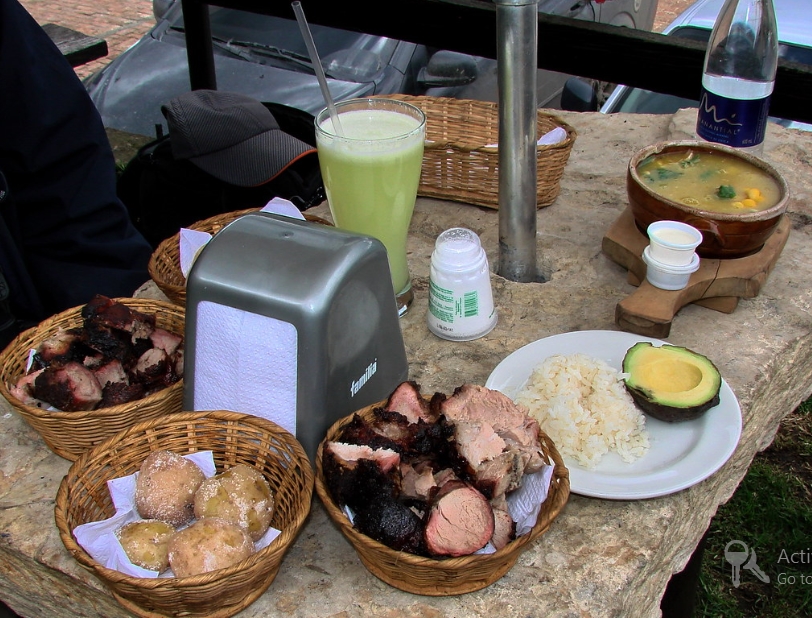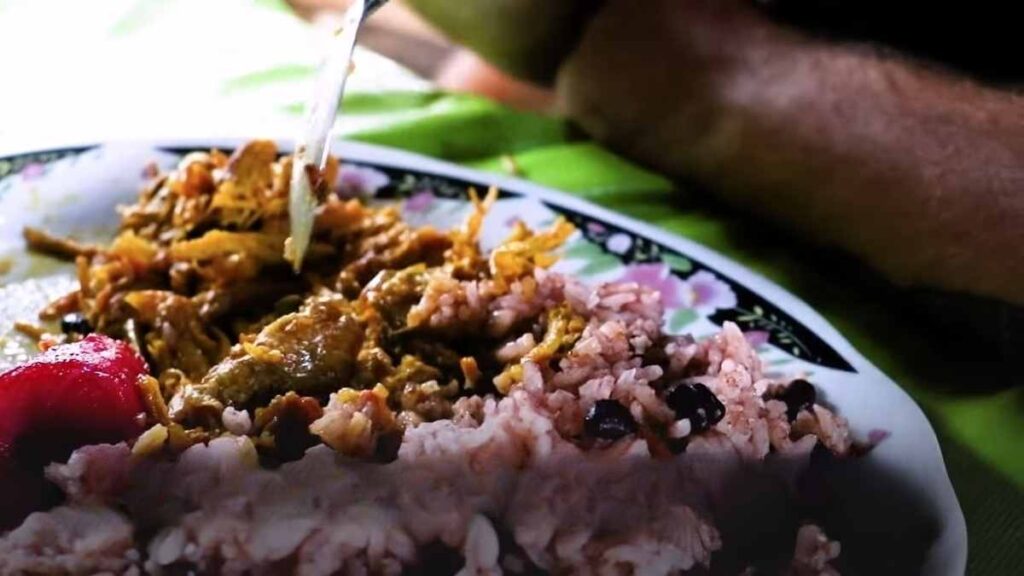Capybara meat, known for its tender texture and distinct flavor, offers a culinary journey. To cook this delectable meat, marinate it with aromatic herbs and spices, enhancing its natural taste. Then, sear the meat to seal it in the juices, followed by slow roasting or braising to achieve optimal tenderness.
Finally, serve it alongside a carefully crafted sauce or accompanying dishes to complement its rich flavors. But these cooking techniques are just the tip of the iceberg.
Preparing Capybara Meat for Cooking
When preparing capybara meat for cooking, starting with fresh, high-quality cuts is essential. If you’re lucky enough to have access to capybara meat, ensure it has been sourced from reputable suppliers who adhere to ethical and sustainable practices. Once you have acquired the meat, follow these steps to prepare it for cooking:
1. Thawing the Meat
If the capybara meat is frozen, it’s crucial to thaw it properly before cooking. The best method is to transfer the meat from the freezer to the refrigerator and allow it to thaw slowly overnight. This gradual thawing process helps preserve the meat’s quality and minimizes the risk of bacterial growth.
2. Trimming and Cutting
Before cooking, trim any excess fat or silver skin from the capybara meat. This step ensures that the meat cooks evenly and prevents any undesirable flavors. Cut the meat into portions or slices according to your recipe’s requirements or personal preference.
3. Marinating the Meat
Marinating capybara meat can enhance its flavor and tenderize the meat further. Choose a marinade that complements the meat’s natural taste. Common options include citrus-based marinades, soy-based sauces, or herb-infused mixtures. Allow the meat to marinate for at least a few hours or overnight in the refrigerator, ensuring it is covered to prevent contamination.
Cooking Methods for Capybara Meat
Capybara meat can be cooked using various methods, depending on the desired outcome and your chosen recipe.
1. Grilling

Grilling capybara meat is an excellent way to achieve a smoky and charred exterior while retaining its natural tenderness. Preheat the grill to medium-high heat and lightly oil the grates to prevent sticking.
Place the marinated capybara meat directly on the grill and cook for about 4-6 minutes per side or until it reaches your desired level of doneness. Let the meat rest briefly before slicing to retain its juices.
2. Braising
Braising is a slow-cooking method that involves searing the capybara meat on high heat and then simmering it in a flavorful liquid over low heat. This technique is ideal for tougher cuts of capybara meat as it helps break down the collagen, resulting in a moist and tender dish.
Start by searing the meat in a hot pan until browned, then transfer it to a pot with aromatic vegetables, herbs, and a liquid of your choice. Cover the pot and let it simmer gently for a few hours until the meat becomes fork-tender.
3. Roasting
Roasting capybara meat in the oven allows for even heat distribution, resulting in a succulent and juicy final product. Preheat the oven to the desired temperature, season the meat with your favorite spices and herbs, and place it on a roasting rack in a shallow pan.
Cook the capybara meat uncovered, calculating the cooking time based on its weight and desired level of doneness. Use a meat thermometer to ensure the internal temperature reaches the appropriate safe zone.
RECOMMENDED: What Are the Benefits of Capybara Meat?
Flavorful Capybara Meat Recipes

Now that we have explored the different cooking methods, below are some mouthwatering capybara meat recipes that will tantalize your taste buds:
1. Capybara Steak with Chimichurri Sauce
Ingredients:
- 4 capybara steaks
- Salt and pepper to taste
- 1 cup fresh parsley, chopped
- 1/2 cup fresh cilantro, chopped
- 3 cloves garlic, minced
- 1/4 cup red wine vinegar
- 1/2 cup olive oil
- 1 teaspoon dried oregano
- Juice of 1 lemon
Instructions:
- Season the capybara steaks with salt and pepper.
- Preheat the grill to medium-high heat.
- Combine the parsley, cilantro, garlic, red wine vinegar, olive oil, dried oregano, and lemon juice to make the chimichurri sauce. Set aside.
- Grill the capybara steaks for 4-6 minutes per side or until the desired doneness.
- Remove the steaks from the grill and let them rest for a few minutes.
- Serve the capybara steaks with a generous drizzle of chimichurri sauce on top.
2. Capybara Stew with Root Vegetables
Ingredients:
- 2 pounds of capybara meat, cut into chunks
- 2 tablespoons vegetable oil
- 1 onion, diced
- 2 carrots, peeled and chopped
- 2 parsnips, peeled and chopped
- 2 celery stalks, chopped
- 3 cloves garlic, minced
- 4 cups beef or vegetable broth
- 1 cup red wine
- 2 bay leaves
- 1 teaspoon dried thyme
- Salt and pepper to taste
Instructions:
- Heat the vegetable oil in a large pot or Dutch oven over medium heat.
- Add the capybara meat to the pot and cook until browned on all sides. Remove the meat and set aside.
- Add the diced onion, carrots, parsnips, celery, and garlic to the same pot. Sauté until the vegetables begin to soften.
- Return the capybara meat to the pot and pour in the beef or vegetable broth and red wine.
- Add the bay leaves and dried thyme. Season with salt and pepper.
- Bring the stew to a boil, then reduce the heat to low and let it simmer for 2-3 hours or until the capybara meat is tender.
- Adjust the seasoning if necessary and serve the stew hot, garnished with fresh herbs if desired.
Pairing Capybara Meat with Complementary Flavors

To elevate the flavors of capybara meat, it’s essential to pair it with complementary ingredients and flavors. Here are some suggestions to create harmonious and delicious combinations:
- Citrus: The tanginess of citrus fruits like orange, lemon, or lime can cut through the richness of capybara meat and add a refreshing contrast. Consider incorporating citrus-based marinades or sauces when preparing capybara dishes.
- Herbs: Fresh herbs such as rosemary, thyme, and cilantro can enhance capybara meat’s earthy and gamey flavors. Sprinkle chopped herbs over grilled capybara steaks or incorporate them into marinades and stews.
- Root Vegetables: The natural sweetness and earthiness of root vegetables like carrots, parsnips, and potatoes can complement capybara meat exceptionally well. Include these vegetables in stews or roast them alongside capybara cuts for a well-rounded meal.
- Bold Spices: Experiment with spices like paprika, cumin, and chili powder to add depth and a touch of heat to capybara dishes. These spices can amplify the flavors of the meat and create a delightful culinary experience.
Safety Considerations
While capybara meat offers a unique and flavorful culinary experience, it’s crucial to consider safety precautions when handling and consuming it. Here are a few guidelines to ensure a safe and enjoyable dining experience:
- Source from Reliable Suppliers: Purchase capybara meat from reputable suppliers who follow proper hygiene practices and ensure the meat’s quality and freshness.
- Cook Thoroughly: Ensure capybara meat is cooked thoroughly to eliminate potential pathogens. Use a meat thermometer to ensure the internal temperature reaches a safe level of 160°F (71°C).
- Storage and Handling: Store capybara meat in the refrigerator at or below 40°F (4°C) and consume it within a few days. Properly package and seal the meat to prevent cross-contamination with other foods.
- Awareness of Allergies: As with any meat product, be aware of potential allergies or sensitivities. If you or your guests have specific dietary restrictions, inquire about any allergens in capybara meat or its preparation.
By following these safety guidelines, you can enjoy the unique flavors of capybara meat while ensuring a safe and memorable culinary adventure.
Frequently Asked Questions
Where Can I Buy Capybara Meat?
Capybara meat is not widely available in most regions, as it is primarily consumed in South America. However, some specialty butcher shops or online retailers may offer capybara meat for purchase. Ensure you source it from reputable suppliers that follow ethical and sustainable practices.
Is Capybara Meat Legal to Consume?
The legality of consuming capybara meat varies depending on your location. In some countries, it is legal and regulated; in others, it may be restricted or prohibited. Researching and understanding the local laws and regulations is essential before considering capybara meat for consumption.
Does Capybara Meat Taste Gamey?
Yes, capybara meat has a distinctly gamey flavor that is often compared to a combination of pork and beef. The meat’s rich taste adds depth to dishes and provides a unique culinary experience.
Conclusion
Capybara meat offers an exciting and distinctive culinary experience for those exploring new flavors. With its lean and tender characteristics, capybara meat can be prepared and cooked in various ways, from grilling to braising and roasting. The unique flavor profile of capybara meat pairs well with citrus, herbs, root vegetables, and bold spices, providing an opportunity to create delightful and unforgettable dishes.
When venturing into the world of capybara meat, remember to prioritize safety by sourcing from reliable suppliers, cooking the meat thoroughly, and adhering to proper storage and handling practices. By doing so, you can savor the captivating flavors of capybara meat while ensuring a memorable and enjoyable culinary journey.


![Capybara Meat And Its Culinary Uses - [Every You Should Know] Capybara Meat & Culinary Uses](https://capybaratips.com/wp-content/uploads/2023/03/Capybara-meat-250x200.webp)




![How To Get a Pet Capybara Uk [Step By Step] How To Get a Pet Capybara Uk](https://capybaratips.com/wp-content/uploads/2023/03/Uk-Capybara-250x200.webp)

